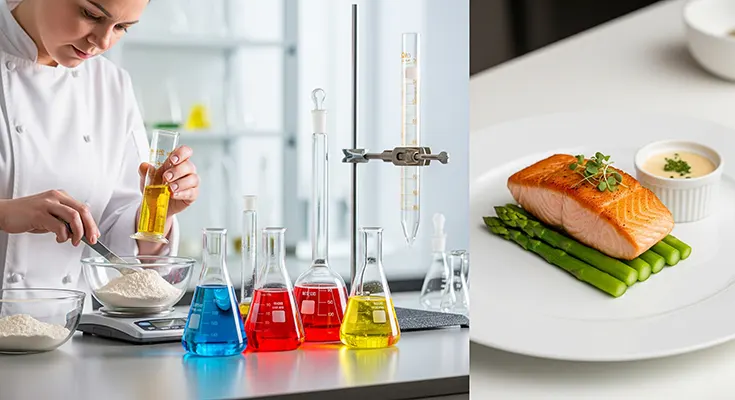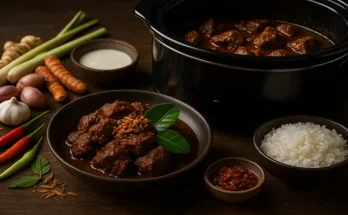For centuries, cooking has been viewed as an art form—a blend of intuition, tradition, and a dash of personal flair. But a growing movement is proving that cooking is also a science, and by understanding the evidence-based principles behind our culinary techniques, we can achieve not only better flavor and texture but also a healthier and more nutritious meal. Evidence-based cooking is a discipline that applies scientific research on food chemistry, nutrition, and food safety to everyday cooking practices. It’s about moving beyond simply following a recipe and understanding the “why” behind what we do.
1. Precision in Cooking: The Key to Nutrient Preservation
Traditional cooking methods, like boiling or deep-frying, can lead to a significant loss of nutrients. Water-soluble vitamins (like Vitamin C and the B vitamins) can leach into boiling water and be poured down the drain. Overcooking vegetables can also destroy heat-sensitive vitamins and antioxidants.
- Evidence-Based Solution: Opt for cooking methods that minimize exposure to high heat and water. Steaming is an excellent choice as it cooks food quickly without submerging it in water, retaining a high percentage of vitamins. Stir-frying is another great option, as the short cooking time and minimal use of liquid help preserve nutrients.
- The Science: Research has consistently shown that methods like steaming and stir-frying can preserve a higher concentration of nutrients, particularly in delicate vegetables, compared to boiling. For example, a study in the Journal of Food Science found that steaming broccoli retained more of its sulforaphane—a powerful anti-inflammatory compound—than boiling or microwaving.
2. Enhancing Bioavailability: Making Nutrients Easier to Absorb
Simply consuming a nutrient-rich food doesn’t guarantee your body can fully absorb its benefits. This is where evidence-based cooking techniques can make a significant difference. Bioavailability is the extent to which a nutrient can be absorbed and utilized by the body.
- Evidence-Based Solution: Pair certain foods and use specific cooking methods to unlock their full nutritional potential. For instance, cooking tomatoes in olive oil can significantly increase the bioavailability of lycopene, a potent antioxidant. Likewise, adding a source of fat (like avocado or olive oil) to salads or sautéed vegetables enhances the absorption of fat-soluble vitamins (A, D, E, and K).
- The Science: A study published in the American Journal of Clinical Nutrition found that consuming salads with a full-fat dressing led to a much greater absorption of carotenoids, a class of antioxidants that includes beta-carotene and lycopene, compared to salads eaten with a fat-free dressing. The heat from cooking can also break down tough plant cell walls, releasing nutrients that would otherwise be trapped.
3. Reducing Harmful Compounds: The Art of Smart Preparation
Some cooking methods can lead to the formation of potentially harmful compounds, particularly when cooking at very high temperatures. For example, high-heat cooking of starchy foods can create acrylamide, and grilling meat at high temperatures can form heterocyclic amines (HCAs) and polycyclic aromatic hydrocarbons (PAHs).
- Evidence-Based Solution: Use techniques that mitigate the formation of these compounds. For meat, a brief sous-vide bath before a quick, high-heat sear reduces the total time the meat is exposed to high temperatures, significantly limiting the formation of HCAs. For starchy foods like potatoes, soaking them in water before cooking can help reduce the levels of free sugars and therefore the formation of acrylamide during frying or roasting.
- The Science: Research from the National Cancer Institute and others has confirmed a link between high-temperature cooking and the formation of these compounds. Pre-cooking with gentle heat and then finishing with a sear is an effective strategy to get the desired browning (Maillard reaction) while minimizing the health risks.
By embracing the principles of evidence-based cooking, we can transform our kitchens into laboratories of wellness. It’s about taking back control of our food, understanding how to maximize its benefits, and making conscious choices that are both delicious and scientifically sound.





